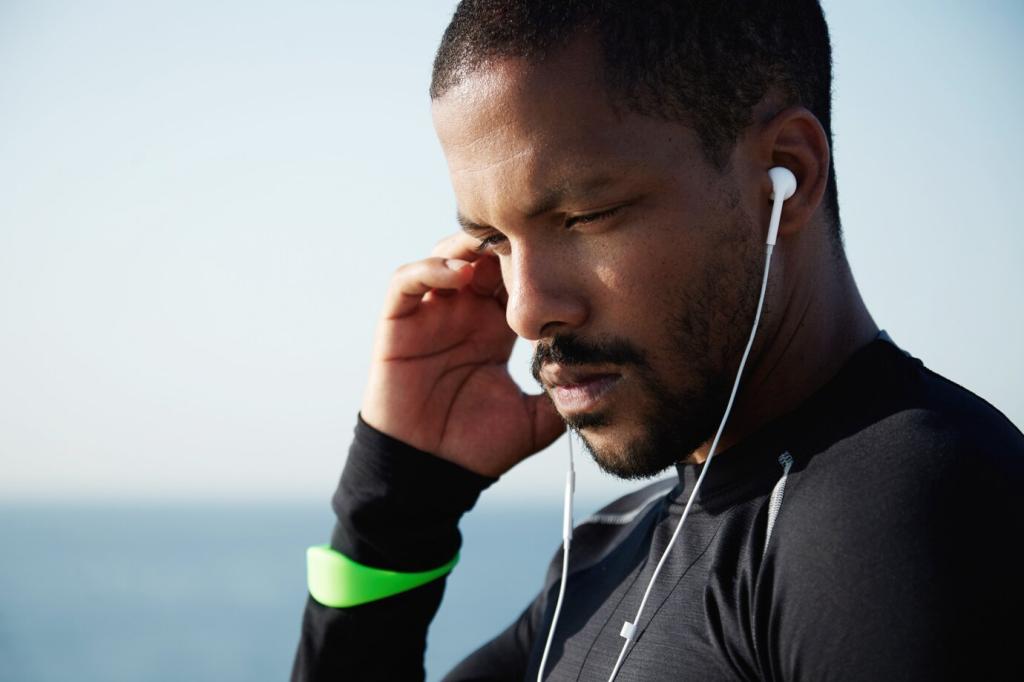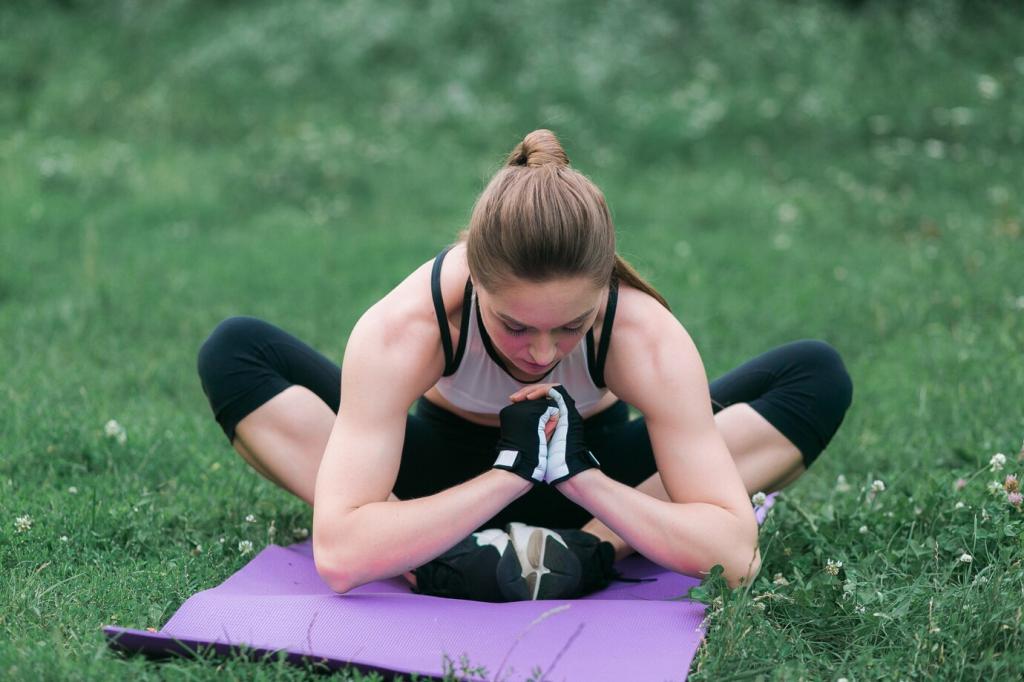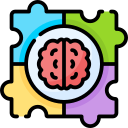Mindfulness for Stress Management in Sports: Breathe, Focus, Perform
Chosen theme: Mindfulness for Stress Management in Sports. Step into a training space where pressure sharpens, not shatters. We’ll translate mindfulness into practical routines that calm nerves, steady attention, and unlock clutch performance—so you can compete with clarity and recover with purpose. Subscribe and share your journey.

Why Mindfulness Works Under Pressure
Under stress, your body releases cortisol and adrenaline. Mindfulness doesn’t erase this response; it refines it. By observing breath and bodily sensations without judgment, athletes can modulate arousal and re-center quickly, maintaining composure when stakes rise and the crowd noise swells.
Why Mindfulness Works Under Pressure
Anxiety loves scattered attention. Mindfulness trains selective attention and cognitive flexibility, letting you return to task-relevant cues—foot placement, ball trajectory, or stroke rhythm. The result is fewer mental errors, clearer decision-making, and more consistent execution across changing game conditions.
Why Mindfulness Works Under Pressure
Before her first championship heat, a sprinter counted four breaths, feet grounded on the track. She noticed the jittery energy and labeled it as readiness, not fear. That small shift carried her cleanly through the blocks, with steadier acceleration and a personal best under bright lights.
Pre-Competition Mindfulness Routines
Use a quick ladder: inhale four counts, exhale four; then five and five; return to four and four. Keep shoulders relaxed. This micro-drill reduces pre-competition jitters, sharpens interoceptive awareness, and gives you a portable reset you can use behind the blocks or before a penalty kick.


Pre-Competition Mindfulness Routines
Sweep attention from crown to toes, pausing on jaw, shoulders, diaphragm, hips, and feet. Notice tight spots, soften exhale, and release. Athletes report entering the arena feeling physically aligned and mentally stable, which promotes efficient movement patterns from the opening whistle onward.
Mindfulness During Play: Staying Present in the Storm
Adopt a three-step reset: one deep exhale, one glance to a neutral visual anchor, one concise cue word. The sequence lasts under five seconds, interrupts unhelpful rumination, and redirects attention to controllable tasks. Practice it in scrimmages so it feels automatic when pressure spikes.


Mindfulness During Play: Staying Present in the Storm
In dynamic phases, choose rhythmic anchors—“Smooth,” “Plant,” or “Drive.” Coordinate the word with movement phases to reinforce tempo and technique. When distractions flare, the anchor word keeps your perception tethered to now, protecting mechanics and decisions from emotional surges.
Recovery, Sleep, and Mindful Decompression
Post-Game Decompression Ritual
Before reviewing film, take five minutes: sit, lengthen exhale, and track heartbeat to baseline. Briefly replay two effective moments and one learning point, each with one sentence. This structured pause calms physiology and prevents ruminative loops from hijacking your evening and next practice.
Wind-Down for Better Sleep
A sensory taper helps: lights dim, screens off, four rounds of box breathing, then a short gratitude scan of three specific details from training. This ritual nudges the nervous system toward rest, improving sleep onset and continuity after high-intensity nights or travel-heavy schedules.
Reflective Journaling That Builds Resilience
Use a three-line format: What I felt under pressure, what I did to regulate, what I’ll repeat or change. Keep language factual and kind. Over weeks, this journal reveals patterns, celebrates small wins, and guides targeted tweaks to your mindfulness toolkit.
Team and Coaching Integration
Coaches can standardize a brief breath sync before drills and games. One cue, one exhale together, eyes up. This shared regulation aligns tempo, reduces chatter, and primes athletes to absorb tactical details. It costs half a minute and often returns minutes of focused execution.
Team and Coaching Integration
Model mindful feedback: describe behavior, explore context, invite athlete perspective, agree on one next action. When athletes feel psychologically safe, stress decreases, learning accelerates, and adjustments stick under pressure. Encourage leaders to practice curiosity in film sessions and on sidelines.


Evidence and Practical Tools
01
Peer-reviewed studies in sport psychology link mindfulness with reduced perceived stress, improved attentional control, and steadier performance under pressure. Mechanisms include better interoceptive awareness and cognitive flexibility. Start small, practice often, and evaluate changes across training cycles.
02
Pair subjective stress ratings with simple markers: resting heart rate trends, sleep duration, and error rate in key drills. Note when mindful resets were used. Over time, patterns reveal which techniques help, guiding individualized adjustments without overwhelming athletes or staff.
03
Use a timer, a notecard of cues, or a basic breathing app. Keep tools minimal to reduce friction. A wristband touch can be your discreet anchor in competition. Share your favorite tools in the comments so our community can test and refine together.
Build Your Four-Week Mindfulness Plan
Daily two-minute breath practice, one body scan, and a short journal line after training. Identify two personal stress triggers and one reliable anchor cue. Comment with your anchors to inspire others beginning the same path this week.
Build Your Four-Week Mindfulness Plan
Insert resets into scrimmages and timed drills. Add visualization with sensory detail for key moments. Log outcomes and feelings immediately after. Invite a teammate to spot your reset cues and provide supportive feedback to strengthen consistency under moderate stress.

